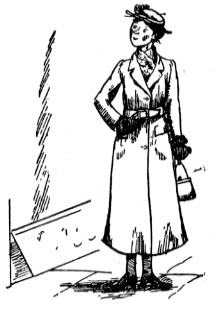
The library staff put special effort into finding full translations of his stories for children, rather than heavily edited versions.
Most of us chose a lightly edited version because it had illustrations by Edward Ardizzone, though the general consensus was that the Penguin/ Puffin Classics editions contained the best translation.
Reading these stories prompted a lot of childhood memories of reading the Ladybird versions of his stories, with their short text and bright illustrations (proving that the narrative pull of his tales was as strong as his elegant turn of phrase). While some readers were defeated by his longer stories, other counted The Snow Queen and the Wild Swans as childhood favourites.

Andersen's retelling of traditional tales and his own original stories have captivated and inspired people for many generations. It's worth getting your hands on a good translation to read his original descriptive, evocative texts.

